The Soviet armoured artillery Tractor
About the T-26
The T-26 light tank was the imported British Vickers E (6 tons), purchased in 1930 in four examples by a Soviet delegation without armament, two with two turrets and two with single turrets. It was then mass-produced in three main models, the last dating back from 1937. Not only they made the Red Army having the world's largest tank force, but they also constituted the bulk of Soviet armoured divisions in the summer of 1941 when the German invasion commenced. After more than 10k vehicles, the production was terminated and reorganized to the Urals with new iconic models such as the T-34 and KV-1.But the T-26 during the interwar also gave birth to circa fity variants and sub-variants of specialized vehicles, ranging from flamethrower to prime movers, armoured personal carriers, self propelled guns and engineering vehicles. Most were experimental, to test new concepts for the armoured divisions, in all roles and duties, but some saw a limited production. Such was the T-26T prime mover.
Development
Before the T-26T, officers involved in realistic large scale exercizes realized Soviet Forces operating on the frontline need a constant supply of ammunition and fuel, but also providing artillery support. The use of trucks for such purposes had its own risks and called for special protected transport vehicles. It was proposed to solve this problem with notably the T-26-Ts and TTs-26. Indeed at the time, there were both wheeled light artillery tractors (Standard trucks such as the ZIS-5).Thus in 1932 two unarmed variants of the chassis were developed as prime movers as early as 1932 according to the "Program of tank, tractor and armoured car armament of the RKKA". These T-26T prototypes ("T" stands for "tyagach" or "prime mover", "tractor") armoured artillery tractors were tested. One without structure but a canvas cover designed by the Artillery Design Office of the Bolshevik Factory over the main fighting compartment casemate, open air, with some sources mentioning it as the T-26T2. And there was another variants, this time with a lightly armoured cabin, designed by the Artillery Academy. After series of gruelling tests, the T-26T was accepted for service in 1933 and production commenced at the Factory No. 174 named after K.E. Voroshilov in Leningrad. The production span went up to 1936 but the program ended there (see below).
Design
The base T-26 was reused practically without change but welding a special artillery attachment hook at the rear, and modifying the fighting compartment, now tailored to carry four men seated on benches. The open top version had a simple canvas cover with celluloid windows mounted on two frames, covering the perimeter of the squared compartment. The special towing device was made for the 76.2 mm divisional guns, the 122–152 mm howitzers or trailers up to 7 tonnes (7.7 short tons).The armoured cabin had a double-wing driver hatch at the front for entry/exit, two hatches on the roof plus lookout hatches on the sides and rear although some vehicles missed the rear hatches. The T-26T weighted 7.700 kg up to 8.1 tonnes (8.56–8.93 short tons) for a length of 4.80m, height of 2.10m (armoured top), width of 2.33m and it was capable of climbing an Obstacle of 0.80m. The T-26T comprised a crew of five to six, one driver and four to dive seated in the fighting compartment, the artillery crew. Ammunition could be stored inside, albeit in limited supply, especially for the massive 155 mm separate charges.
Mobility
The T-26T still used the same standard engine fitted on the standard T-26: The initial engine was probably the TMM-2, low power engine and later replaced by a copy of the Vickers Armstrong Siddeley 90 hp model. as a 90 bhp flat row 4-cylinder air-cooled petrol engine. It enabled the vehicle a maximum Road Range of 183 km down to 122 km cross country for a top speed of 30 kph on flat down to 18 kph cross country. The issue however is that the engine was quite weak for towing a 155 mm howitzer on muddy or snowy ground, despite its tracks. It appeared underpowered, putting an end to the programme (see later).Protection and defence
The T-26T artillery tractors had riveted or welded hulls for later models, following the 1933-36 production changes. Hull Front was 15mm thick, Hull Side 10mm, Rear 10mm, Top 8mm like the Hull Bottom, also 8mm. It was capable to resist small arms fire and antitank rifle fire at the front. However a standard 3.7 cm antitank gun could punch through. The light armoured cabin built over the central compartment was protected only against 8 mm rifle fire and shrapnels. Its front and rear were rounded, sloped. Overall, the T-26T was lower than the standard Tank, making it more difficult to spot. The canvas version offered only protection against the weather. It was unarmed, apart the crews own personal pistols and machine guns.Production and Combat Use
Factory No. 174 named after K.E. Voroshilov in Leningrad was put in charge of a first batch of 183 T-26T produced in 1933, 14 more with a higher powered engine, improved towing gear in 1936, of which ten had an armoured cabin, the rest canvas. In 1936, plans were made for the factory to deliver the next year some 350 T-26T: 200 with canvas cover, 150 with armoured cabin, on an annual rate. However since the new plan asked for an increase in tank productio, this was postponed as there was a shortage of chassis.In between, tests and deployment in active army units showed the T-26T was completely underpowered cross-country while towing the standard 7-ton trailer, or the 155 mm Howitzer, notably on muddy ground. The final report was defavourable, and the program saw no further development. However an additional twenty T-26 light tanks of early models, now considered obsolete, were still converted as T-26T by 1937–1939. These were twin-turreted T-26 tanks without turrets ot armament transferred from tank units of western military districts.
The deployment of artillery tractors for anti-tank and regimental guns in mechanized corps started only by May 1941 but T26-T were deployed already during the Nippo-Soviet border conflict in Mandchuria, notably at the battle of Khalkin-Gol. With the Winter war in 1939-1940 many were deployed in Finland, and some were captured: According to Muikku & Purhonen, two T-26T were in a Finnish arsenal during the Continuation War, converted in 1943 and/or 1944. Four more were converted post-war, for six operational T-26T on 31 December 1958.
Tank and mechanized infantry units of the Red Army fielded a total of 211 T-26T artillery tractors by June 1, 1941. Those from border and inner military districts were all lost in the first weeks and a few remained front-line until 1942 according to photos, like those of the 150th Tank Brigade, Bryansk Front as shown on one photo taken on May 15, 1942. The vehicle was used as command vehicle. No less than 50 old twin-turreted T-26s belonging to the Transbaikal Military District were also converted into T-26T artillery tractors from 1941 and took part in the final assault against the Japanese Kwantung Army in August 1945.

T-26 Variants
T-26T specifications | |
| Dimensions (L-w-h) | 4.80 x 2.33 x 2.10m |
| Total weight, battle ready | 7.77–8.1 tonnes (8.56–8.93 short tons) |
| Crew | 1 (driver) + 4-5 (gun crew/landing party) |
| Propulsion | 90 bhp flat row 4-cylinder air-cooled petrol engine |
| Speed | 30-28 km/h (17 mph), 15 km/h (9.3 mph) with trailer |
| Range | 120 km (75 mi) with 5-t trailer |
| Armament | None |
| Armor | 6–15 mm (0.24–0.59 in) |
| Total production* | c260 |
Src read more
Baryatinsky, Mikhail (2003). Legkiy tank T-26 (Light Tank T-26). Modelist-Konstruktor. Special Issue No. 2 (in Russian). Moscow: Modelist-Konstruktor. p. 64. Subscription index in the Rospechat Catalogue 73474.Baryatinsky, Mikhail (2006). Light Tanks: T-27, T-38, BT, T-26, T-40, T-50, T-60, T-70. Hersham, Surrey: Ian Allan. p. 96.
Baryatinsky, Mikhail (2006). Sovetskie tanki v boyu. Ot T-26 do IS-2 (Soviet tanks in action. From T-26 to IS-2) (in Russian). Moscow: YAUZA, EKSMO. p. 352.
Kolomiets, Maxim; Svirin Mikhail (2003). T-26: mashiny na ego base (T-26: The Vehicles on its Base). Frontline Illustration No. 4) (in Russian). Moscow: Strategiya KM. p. 80.
Kolomiets, Maxim (2007). T-26. Tyazhelaya sud'ba legkogo tanka (T-26. The Heavy Fate of the Light Tank) (in Russian). Moscow: Yauza, Strategiya KM, EKSMO. p. 128.
Solyankin, Alexander; Pavlov Ivan; Pavlov Mikhail; Zheltov Igor (2002). Otechestvennye bronirovannye mashiny. XX vek. Tom 1: 1905–1941 (Native Armoured Vehicles. 20th century. Vol. 1: 1905–1941) (in Russian). Moscow: Exprint. p. 344.
Svirin, Mikhail; Kolomiets Maxim (2000). Legkiy tank T-26 (Light Tank T-26) ARMADA No. 20 (in Russian). Moscow: Exprint. p. 58.
Zaloga, Steven J., James Grandsen (1984). Soviet Tanks and Combat Vehicles of World War Two. London: Arms and Armour Press.
Solyankin A. G., Pavlov M. V., Pavlov I. V., Zheltov I. G. Domestic armored vehicles. XX century. - M .: Exprint, 2002.
Kolomiets M.V. T-26. The fate of a light tank. - M .: Eksmo, Yauza, Strategy KM, 2007.
en.topwar.ru
forum.axishistory.com
realhistoryonline.com
nevingtonwarmuseum.com
armchairgeneral.com
calameo.download
o5m6.de
militaryimages.net
worldwarphotos.info
en.wikipedia.org
scalemates.com
turbosquid.com/
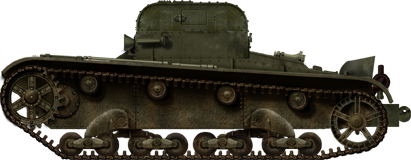
T-26T with armoured cabin
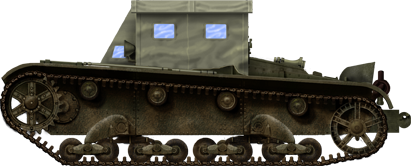
T-26T2 (Canvas variant)
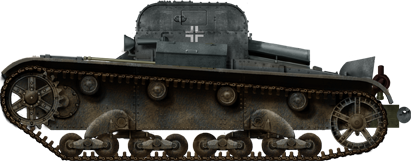
T-26T in service with the Wehrmacht
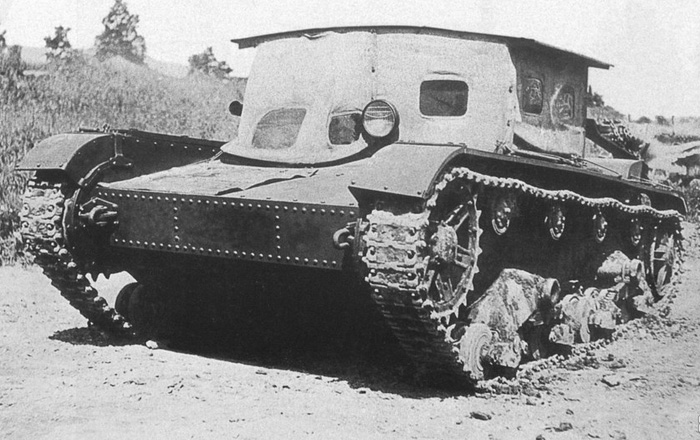
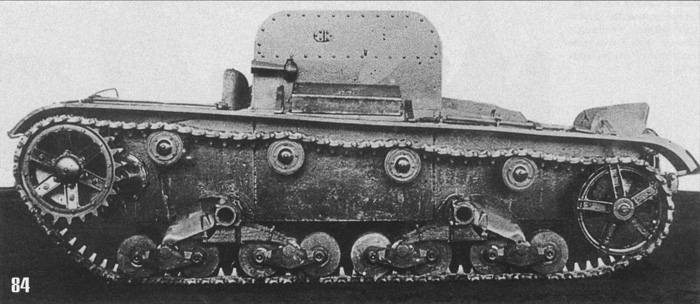
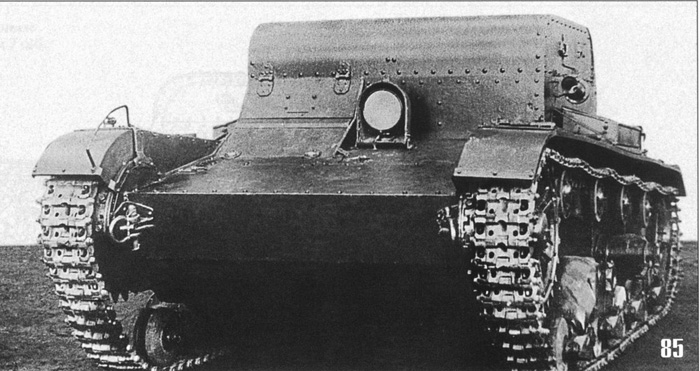
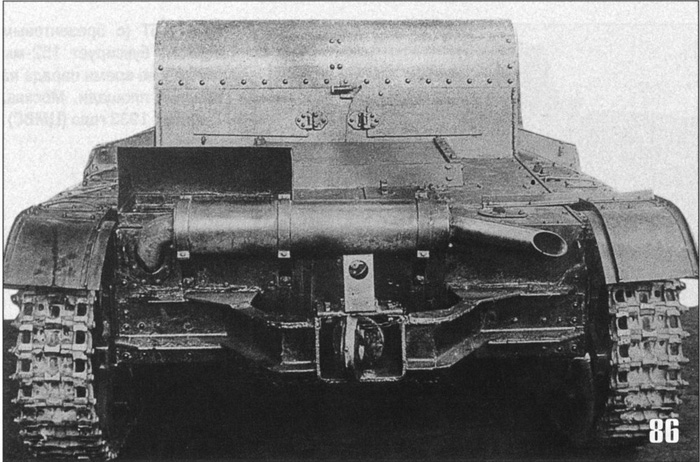
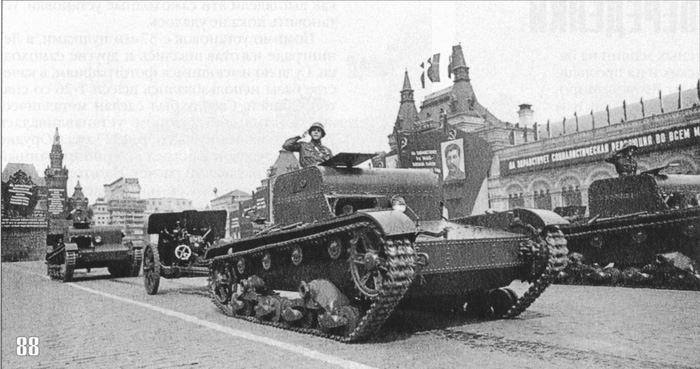
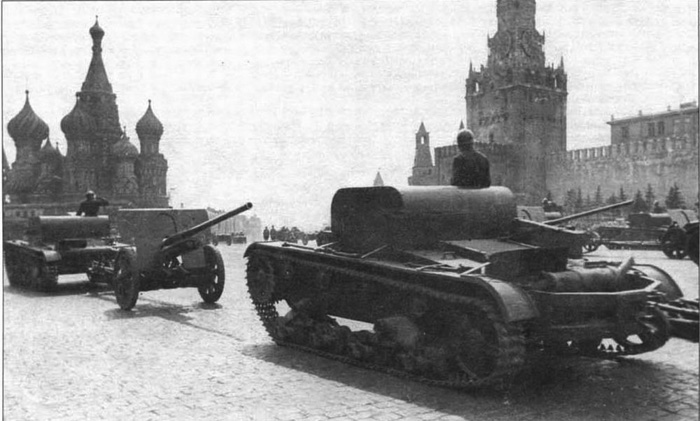
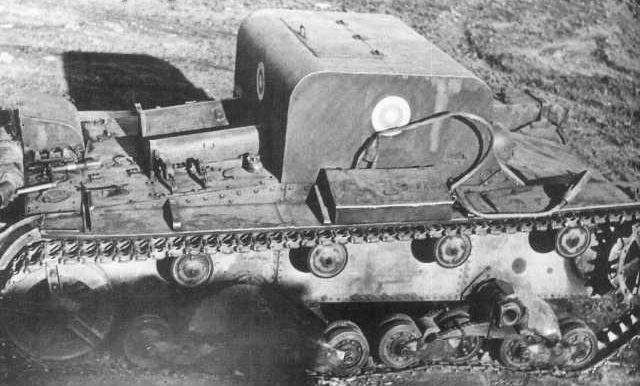
Captured Finnish T-26T




WW2 Tanks




























WW2 tanks posters

All Tiger tanks liveries.

Panther liveries and variants

WW2 Armour - All tanks











Tanks aces and single tanks series

Find more there

Museums, Movies, Books & Games
The Tanks and Armor in pop culture
Tanks and armored vehicles in general are only really grasped when seen first person: The mass, the scale, it's all there. Explore also the way tanks were covered in the movie industry, in books and in video games.Movies:
Best tanks movie on warhistoryonline.com
On imdb.com
On bestsimilar.com/
miltours.com
liveabout.com/
watchmojo.com
Video Games:
pcgamesn.com
historyhit.com
levvvel.com
vg247.com/best-tank-games
mmobomb.com/
alienwarearena.com

